We asked home organizers which items make rooms feel small – they told us to remove these 5 things
Wondering which items are making your spaces look smaller? These are the things to start with – according to professional organizers


Whatever size room you're designing, the question often remains the same: how can I make the space feel bigger?
If you're looking to accentuate small room ideas, it may be tempting to look towards space-stretching paint colors, creating visual illusions with mirrors or hanging light-enhancing window treatments to create the illusion of space.
However, while these tricks are undeniably important, the items you keep in your room are equally as impactful. And these things are not always large pieces of furniture. Instead, they can be as small (but nonetheless significant) as wooden coat hangers or card game packaging. Really.
So, if you're looking to make a small living room bigger, make a small bedroom look bigger or even make a small kitchen look bigger, the solution to space could be unbelievably simple. We'll even tell you how to make a small bathroom look bigger. Here, professional organizers advise on what you should remove.
5 things to remove to make your space look bigger
Sarah Schier from the Los Angeles-based luxury home company Beautiful Life Creative Organizing knows precisely how to decorate small spaces. Here's what she keeps away from her home.
1. Large pieces of furniture without show-legs
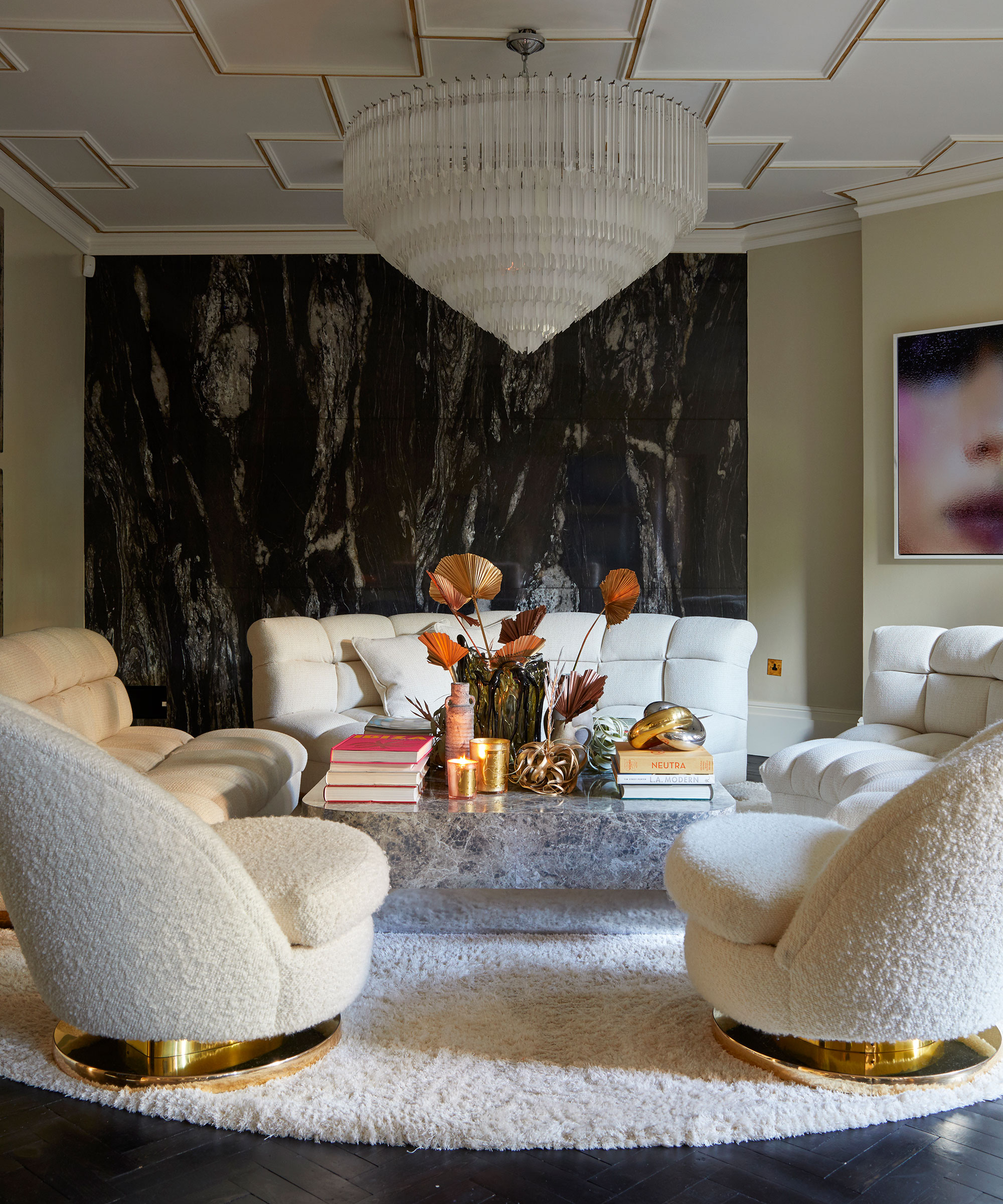
What are show-legs? These are the legs on furniture that you can see as part of the design, rather than legs hidden beneath upholstery or pieces that sit directly on the floor, for example.
'When designing a small space, avoid big, heavy pieces that take up all that valuable floor space,' Sarah says.
Design expertise in your inbox – from inspiring decorating ideas and beautiful celebrity homes to practical gardening advice and shopping round-ups.
Instead, when choosing furniture, she recommends investing in a piece where you can see the legs, and beneath them; this will give the space a 'sense of airiness' that allows more light in.
'[Rather than choosing] a sofa or big overstuffed chair that sits directly on the floor, choose something that has legs, lifting it off the ground,' she adds.
This doesn't just go for living rooms; apply this theory to furniture in any other room, from the bedroom to the bathroom, to make it feel larger.
2. Wooden hangers
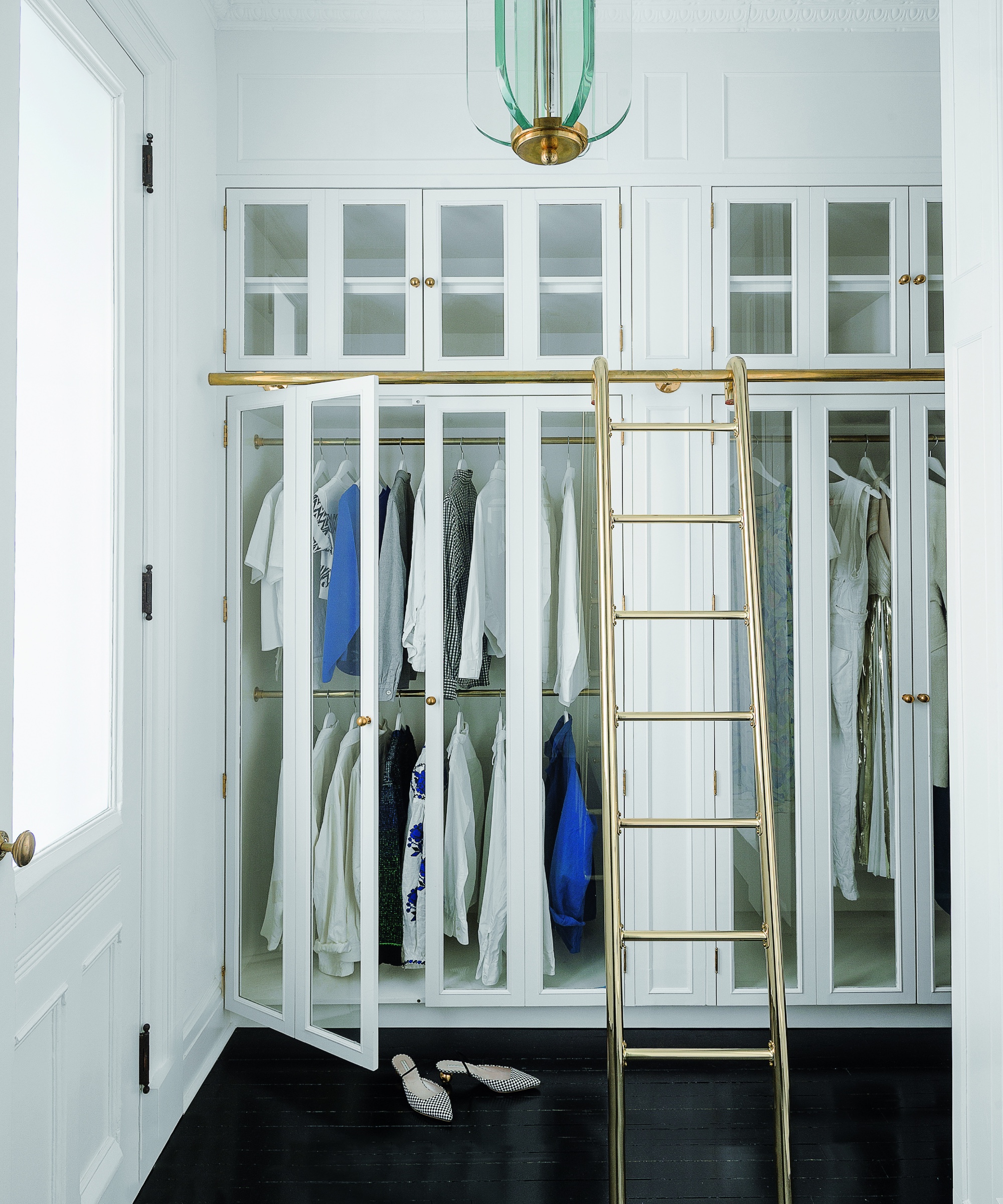
Considering organizing a closet this weekend? Try this space-stretching idea.
While removing wooden hangers may seem relative in terms of small bedroom ideas, Sarah suggests that it is a surprisingly impactful (and refreshingly easy) way to create a sense of space.
'A quick way to create more space in your closet is to get rid of those thick wooden hangers and switch them out for the thin velvet slim hangers [such as these on Amazon],' she says. 'You'll be amazed at how easy it is to gain space you thought you didn't have.'
3. Food packaging
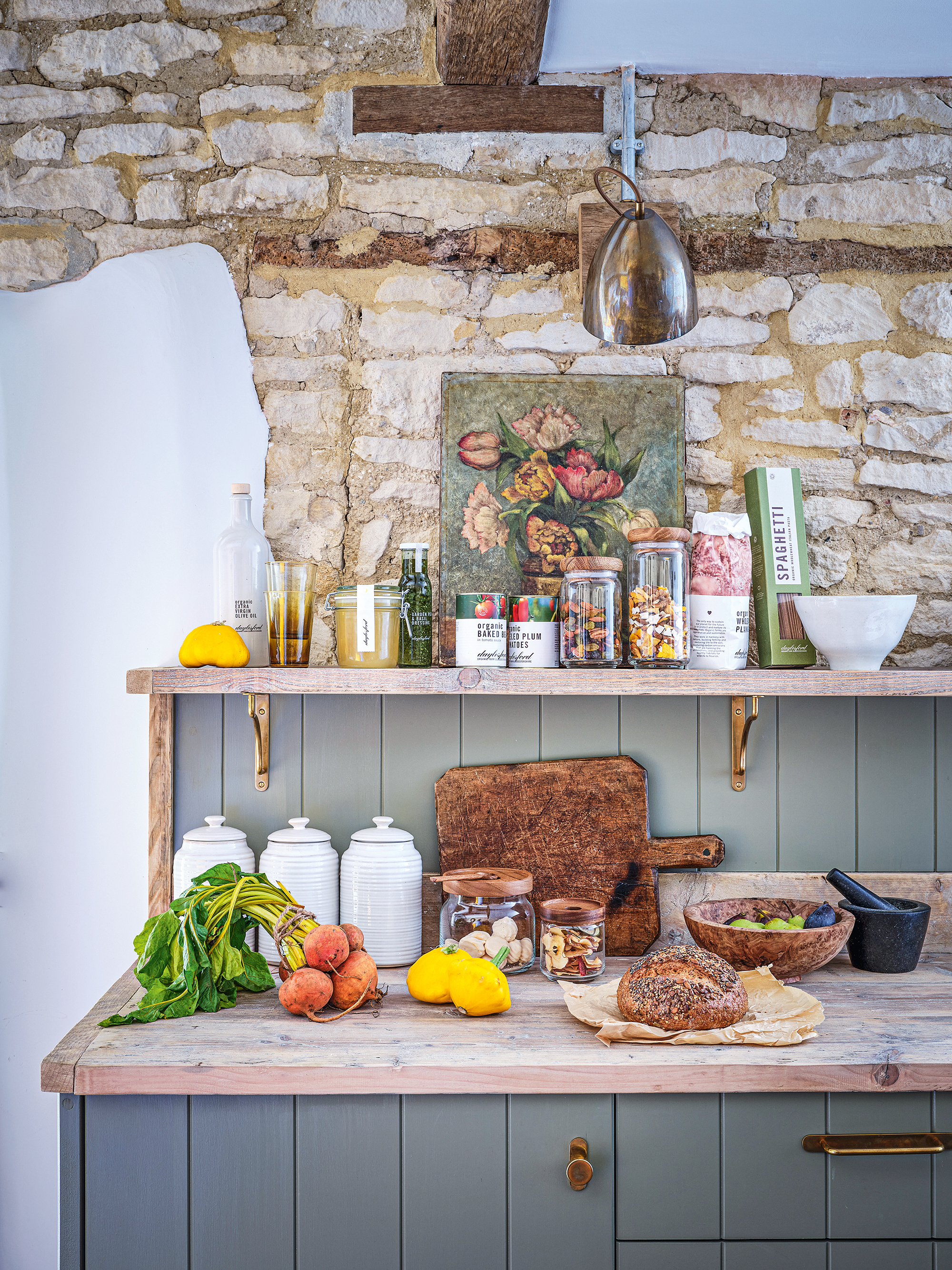
The art of decanting may be a regular practice for those who are into pantry organization ideas. However, Sarah suggests following this method in places beyond your pantry, including your kitchen, where you may come across lots of bulky food packaging.
'Decanting your food into clear containers and removing those individually packaged snacks from their original box/bag has so many benefits, one of which is that it creates more space in your pantry or cabinets,' she explains.
'By emptying ingredients like flour, sugar, pasta, and cereal into air-tight canisters, you can arrange them on your shelves much more efficiently than trying to pile them on top of each other.'
And for extra ease, the expert also suggests using clear bins to store the individually wrapped snacks, so they are easy to grab when you're in a rush.
4. Board game and card game packaging
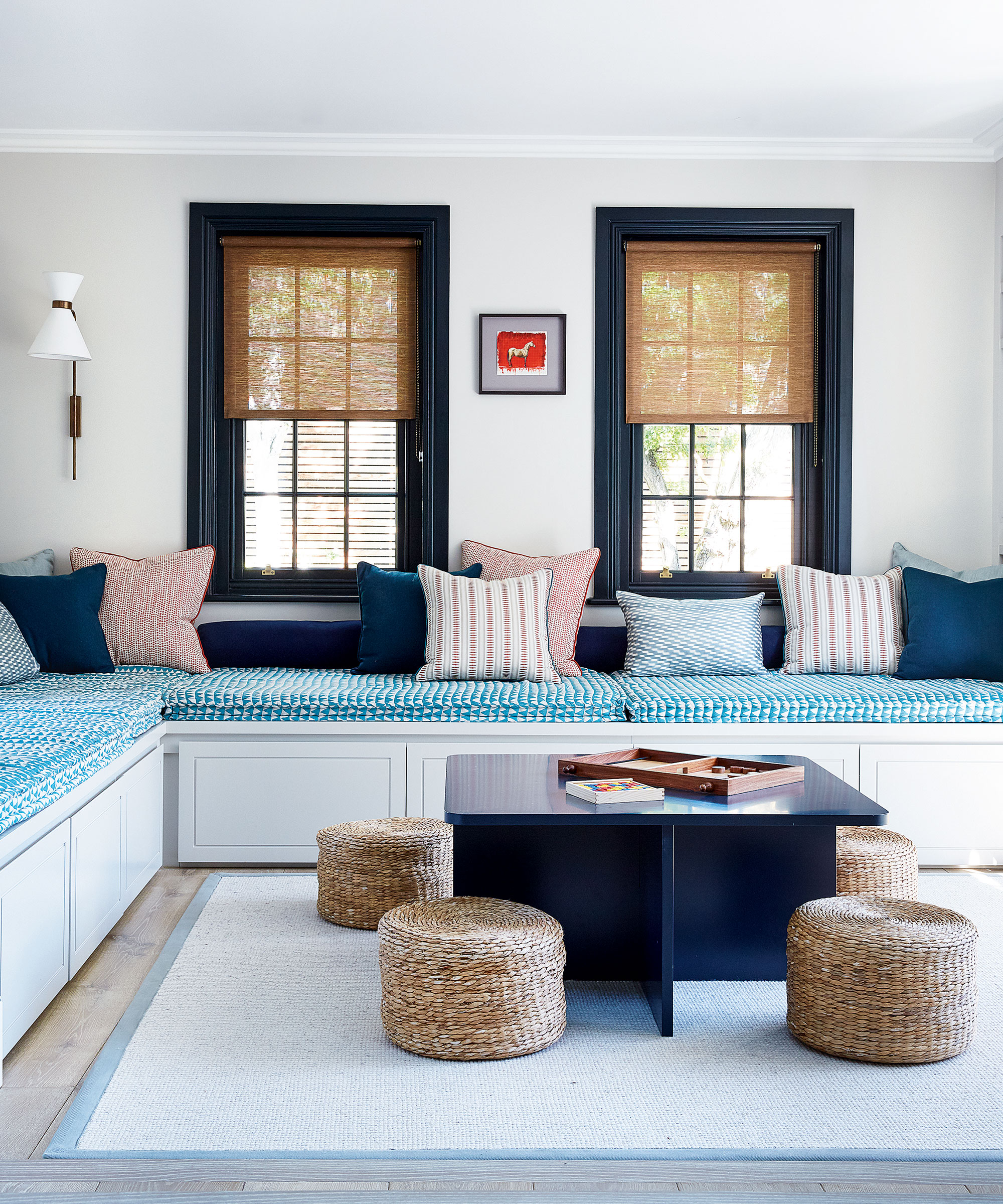
Recent years may have seen a particular surge in retro board games amongst consumers of all ages. However, in the same way that food packaging takes up unnecessary space, these boxes are equally problematic in a small space. The expert recommends using zippered pouches instead.
'The amount of space needed to stack board games in their original boxes versus transferring them all to the same pouch will drastically cut down the space needed to store them,' she says.
It also means you don't need to deal with ripped boxes and lost game pieces, so the benefits go beyond its space-saving qualities.
5. Small appliances on your kitchen countertops
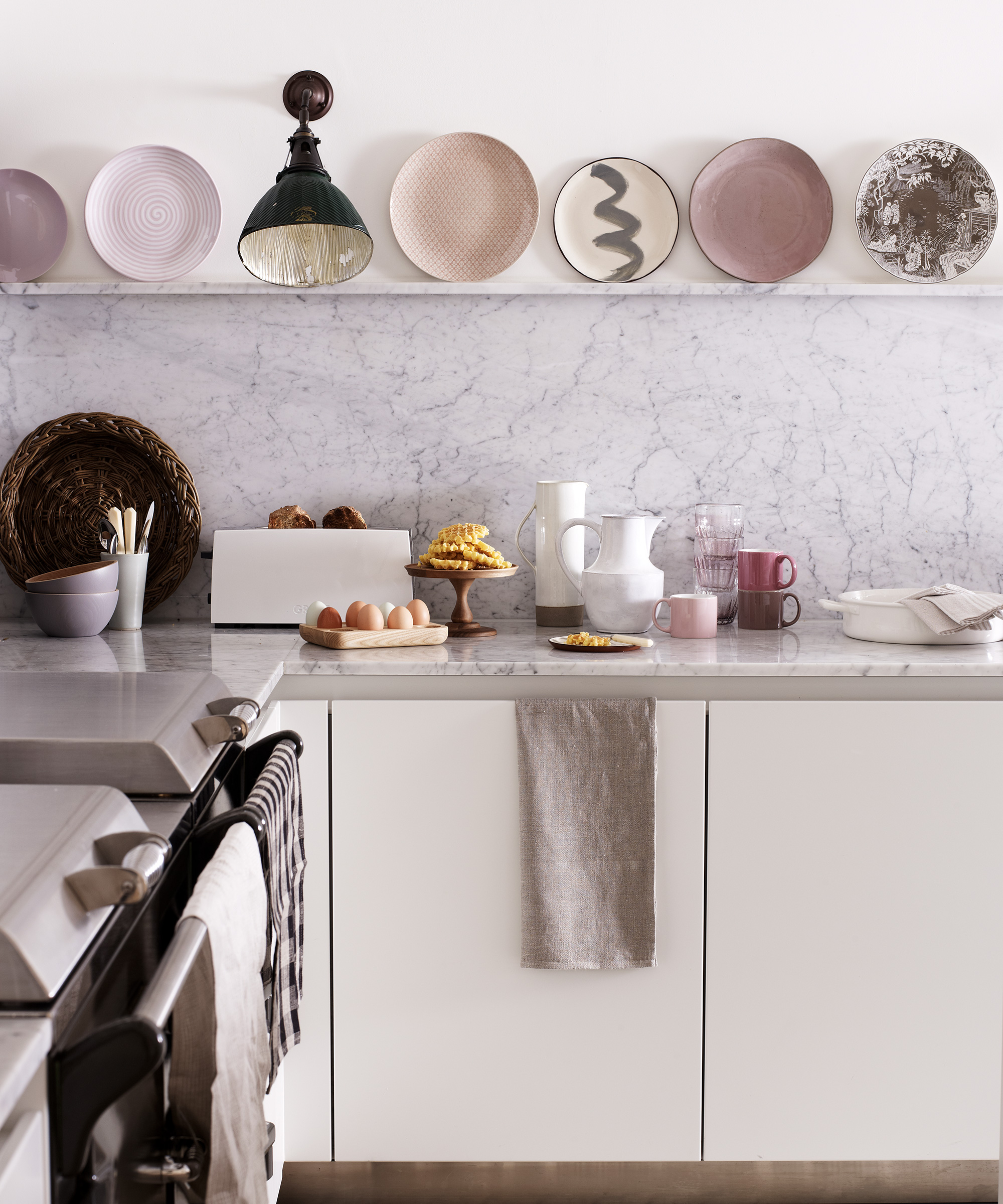
While the world of small kitchen ideas can often feel tricky to navigate, organizer Elle Penner from Modern Minimalism suggests you can transform your space with one quick change.
'Small kitchen appliances are a huge source of counter clutter, making a small kitchen look and feel even smaller. Start by getting rid get of any duplicate or broken appliances. Then put everything else away that you don’t use daily,' she says. She recommends starting with your best stand mixer, blender, and food processor – suggesting they are better in the cupboard where possible.
'Even if you use some appliances a few times a week, the extra space you’ll create is well worth the few seconds it takes to retrieve them and put them back,' she says. It's a change we're willing to try.

Megan is the Head of Celebrity Style News at Homes & Gardens, where she leads the celebrity/ news team. She has a history in interior design, travel, and news journalism, having lived and worked in New York, Paris, and, currently, London. Megan has bylines in Livingetc, The Telegraph, and IRK Magazine, and has interviewed the likes of Drew Barrymore, Ayesha Curry, Michelle Keegan, and Tan France, among others. She lives in a London apartment with her antique typewriter and an eclectic espresso cup collection, and dreams of a Kelly Wearstler-designed home.